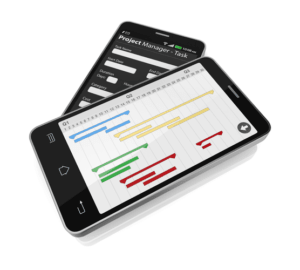
Effective cost tracking, project progress monitoring, and risk management contribute to successful project outcomes and better financial performance. The purpose of CIP accounting is to provide transparency into the financial performance of ongoing construction projects. It involves capturing all expenditures related to materials, labor, equipment, contractors, and other elements required for constructing the asset. With the advancements in technology, construction companies can now leverage software solutions specifically QuickBooks designed to meet their accounting needs.
Master Building Accounting
For the past 52 years, Harold Averkamp (CPA, MBA) hasworked as an accounting supervisor, manager, consultant, university instructor, and innovator in teaching accounting online. For the past 52 years, Harold Averkamp (CPA, MBA) has worked as an accounting supervisor, manager, consultant, university instructor, and innovator in teaching accounting online. Getting such risk management fundamentals right goes a long way in preventing major cost or schedule overruns. Getting these cost allocation principles right thus sets up robust foundations for accurate financial picture depictions. Don’t miss out on the latest construction industry news and subcontractor guides.

How do you account for a project under construction?
Let’s assume that a company is expanding its warehouse and the project is expected to take four months to complete. The company will open the account Construction Work-in-Progress for Warehouse Expansion to accumulate the many expenditures that will occur. When the project is completed, the company will transfer the amount from Construction Work-in-Progress for Warehouse Expansion to the asset account Warehouse Expansion. Sophisticated construction accounting software integrated with project scheduling and costing tools can prove pivotal in navigating CIP complexities. Cash Considerations – Completed contracts better for negative cash flows during the project. POC accrual accounting demands robust coverage for positive cash flows on progressive income.
- Accurate billing and revenue recognition play a vital role in the financial management of construction projects.
- Large-scale construction endeavors span years and involve numerous expenses.
- POC accrual accounting demands robust coverage for positive cash flows on progressive income.
- It will depend on the nature of purchase that which company has with the suppliers.
- This necessity becomes particularly evident when considering construction work-in-progress assets.
Construction in Progress Accounting (CIP) Basics
When they do occur, the priority should be on transparent reporting to avoid negative audit or investor scrutiny. Over- and underbilling identify disparities between the actual billings and the earned revenue. 1) On March 11, 2021, Business A received a $100,000 bill from Builder’s Warehouse for construction materials. Submit your email, and our team will reach out to discuss construction in progress account how we can help with tailored financial solutions. Business A utilizes $2,000 worth of materials from its inventory for the expansion.

What is Financial Reporting and Disclosures for CWIP?
Once the asset is fully executed, the construction in progress account will be credited, and the debit will be transferred to the property, plant, and equipment. Below, we’ll show you an example of what the recording may look like for a company. As construction projects grow in complexity, specialized CIP accounting technology and staff training help firms optimize financial oversight.

